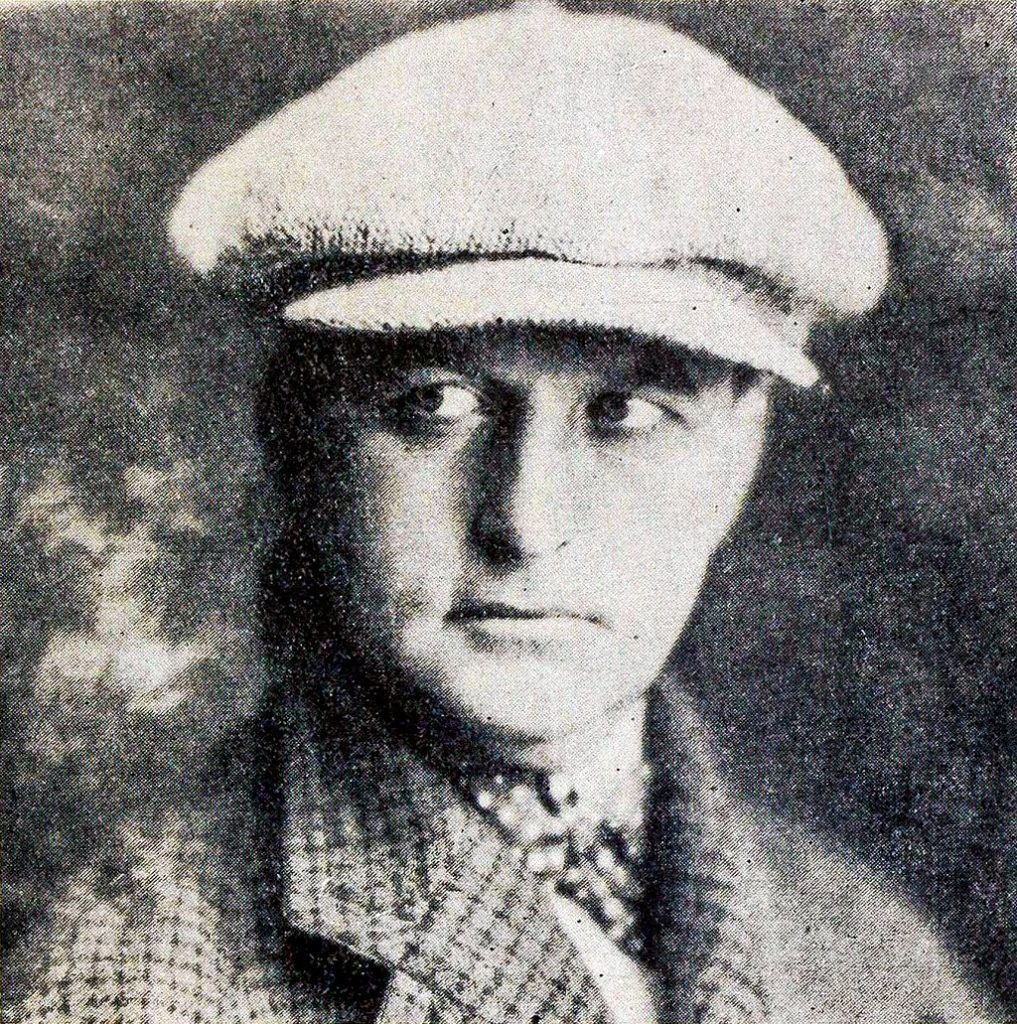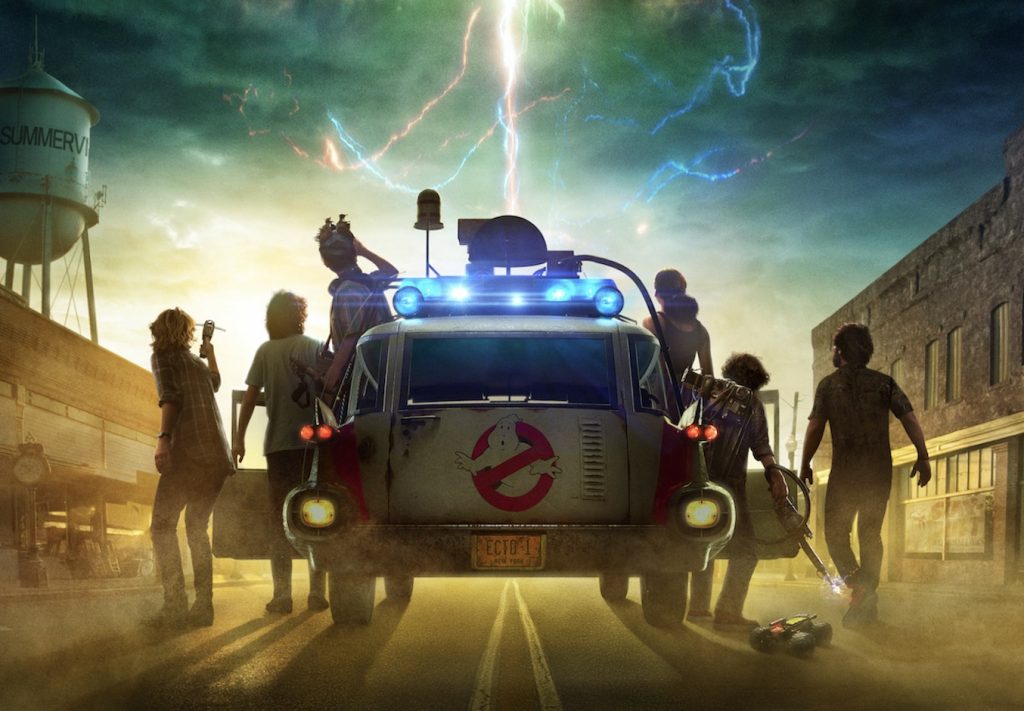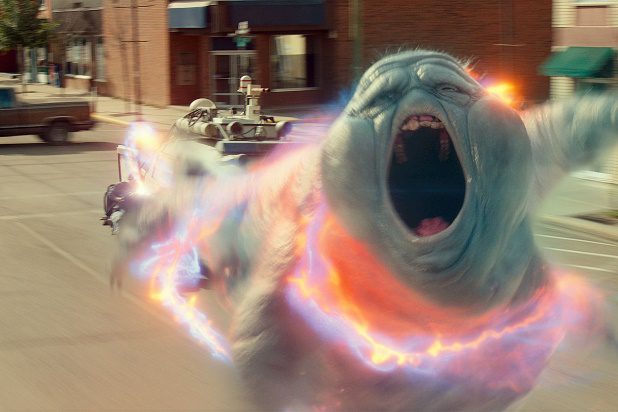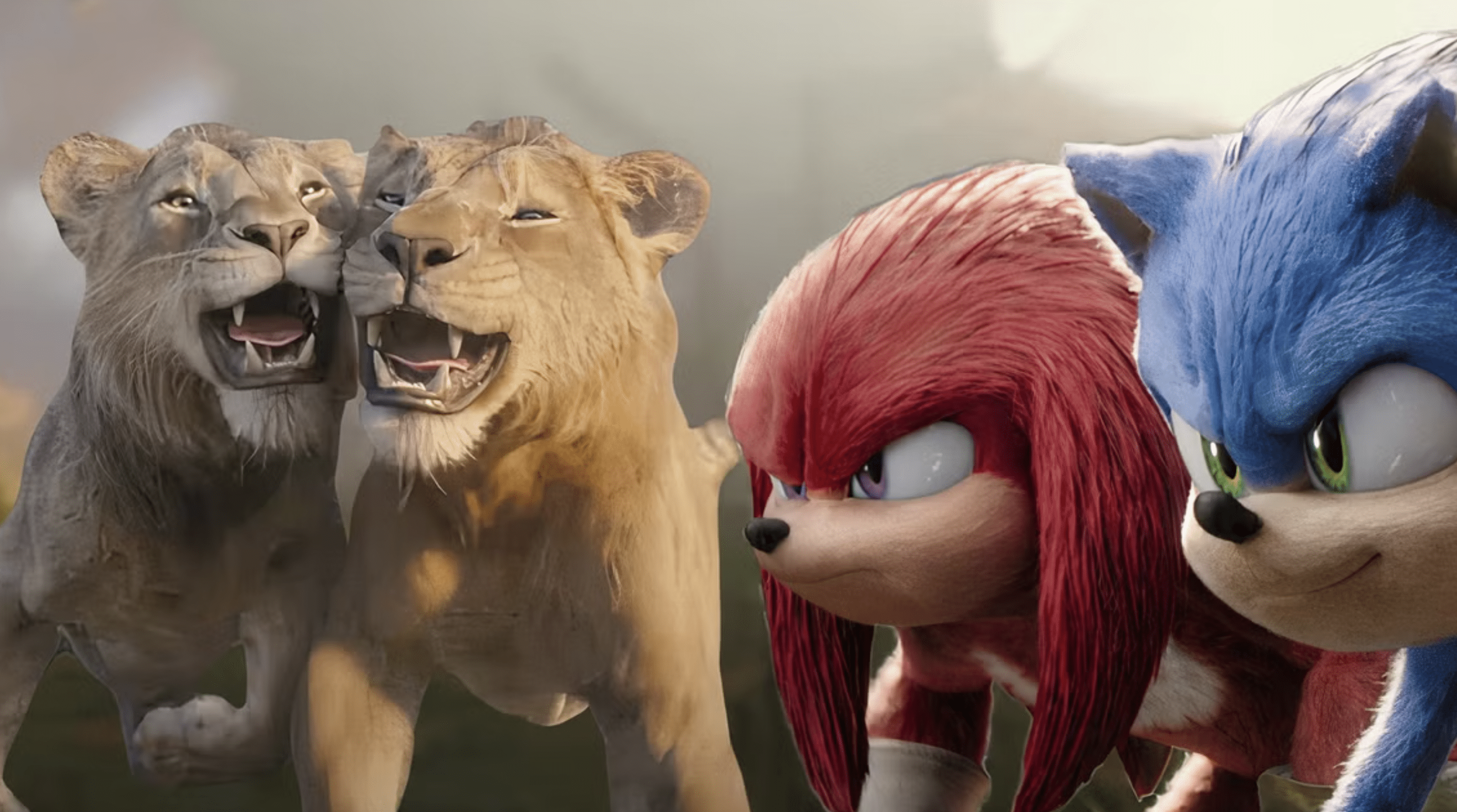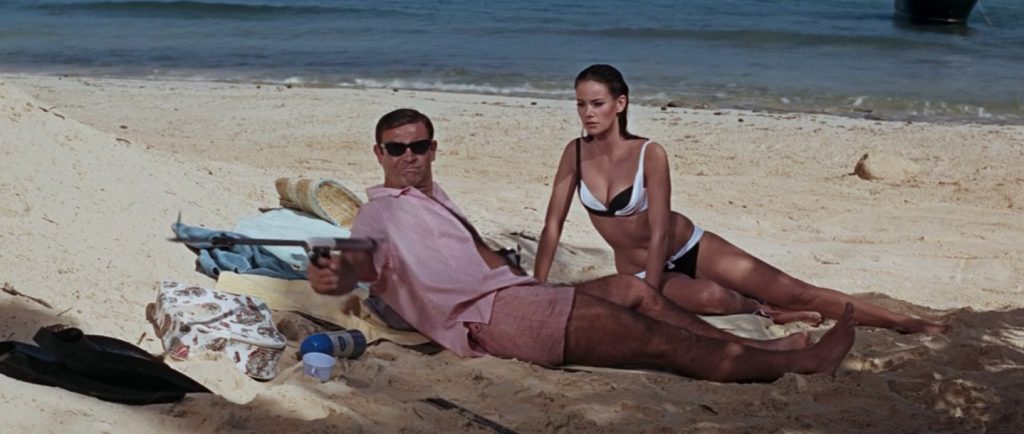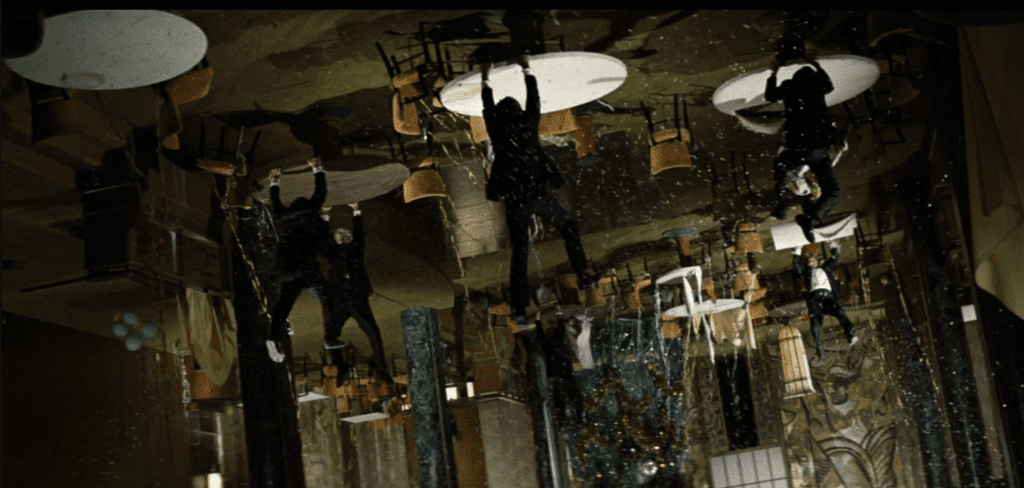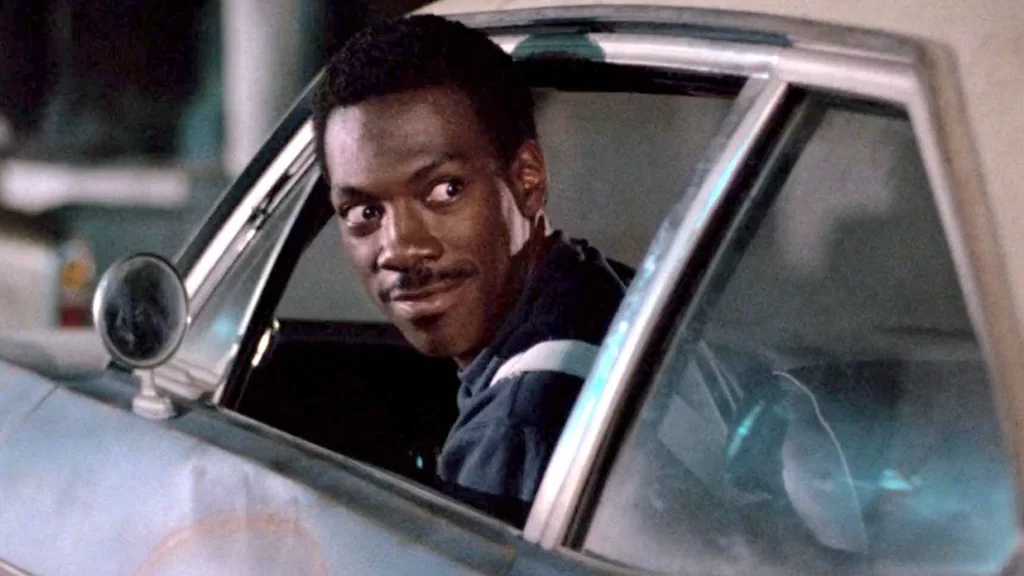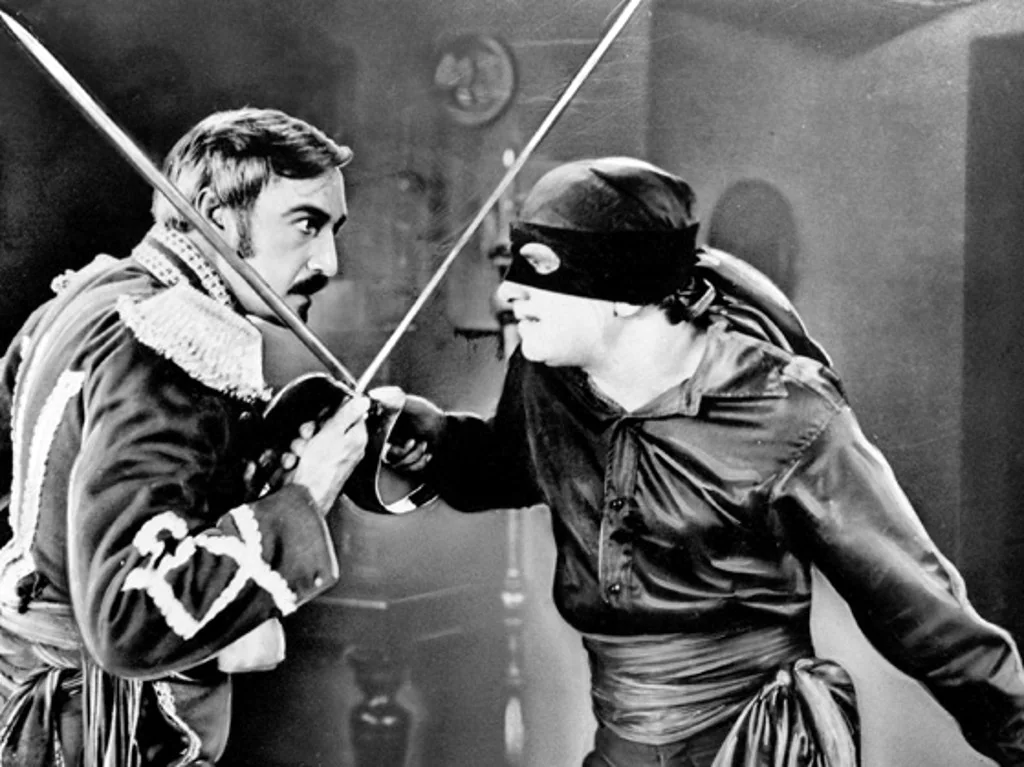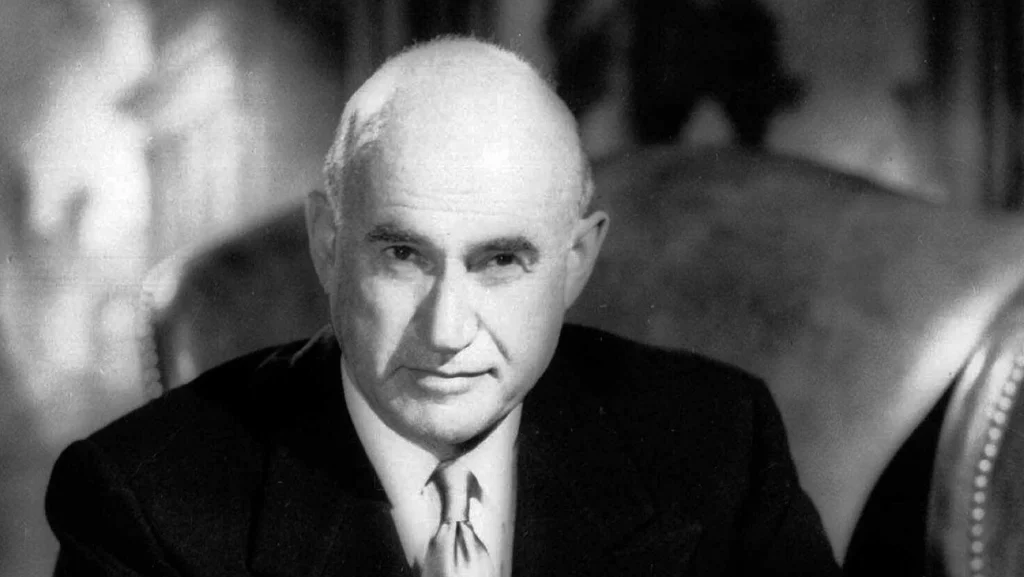Most movie pioneers are remembered for the lives they led, but with Thomas Ince, it’s the circumstances of his death on Nov. 19, 1924, that people still talk about.
Ince created the assembly line way to make movies and he put producers in charge instead of directors and cameramen. Early on, he was an actor working in New York at Biograph in 1910 with D.W. Griffith. By July 1915, they’d teamed up in L. A with Mack Sennett to join forces in the Triangle Motion Picture Company.
Real estate developer Harry Culver gave Ince 12 acres in 1916 to build a movie studio in Culver City — Triangle’s lot at 10202 West Washington Blvd. Three years later, Ince sold his Triangle stock and bought 14 acres down the road at 9336 West Washington Blvd. Triangle’s studio was sold in 1918 to the Goldwyn Company, which added 23 adjacent acres for $2,000. In 1924, theatre magnate Marcus Lowe bought Goldwyn and the lot became MGM. Today, it’s Sony Pictures Entertainment.
After Ince’s death, his studio passed through many hands, among them Cecil B. DeMille, RKO/Pathé & Selznick International, which shot GONE WITH THE WIND there. Today, it’s Culver Studios. Had Ince not died tragically a few days after a birthday cruise in his honor on William Randolph Hearst’s yacht, Oneida, the studio would likely have been his for many years?
The first reports of Ince’s death were badly muddled. Brian Taves’ definitive 2012 study “Thomas Ince: Hollywood’s Independent Pioneer” takes great issue with the fictional account in Peter Bogdanovich’s fascinating 2001 drama THE CAT’S MEOW with Cary Elwes as Ince & Edward Herrmann as Hearst.

In the film, Ince is down on his luck and desperate for Hearst to invest in his studio, but Ince was far from needy. He’d already produced 15 films that year and Hearst wanted to move his Cosmopolitan Pictures from MGM to Ince’s studio. Initially, the Hearst organization said Ince was taken ill at the publisher’s San Simeon estate — but he definitely was on Hearst’s yacht with some 14 guests, including Charlie Chaplin & Marion Davies. MEOW shows Hearst shooting Ince, mistakenly thinking he’s Chaplin, who supposedly was smitten with Davies, Hearst’s longtime mistress.
Ince was seen by others leaving Oneida very much alive — without a bullet wound in his head, as the movie has it. He was said to have suffered from recurring stomach ulcers. A few days later, Ince died unexpectedly and somewhat mysteriously at his Beverly Hills home — officially from heart failure — at the age of just 44. He has cremated soon afterward.
“Not only am I innocent of this Ince murder, so is everybody else” – William Randolph Hearst

